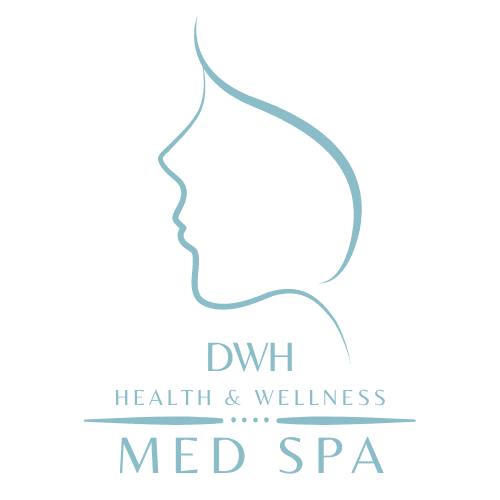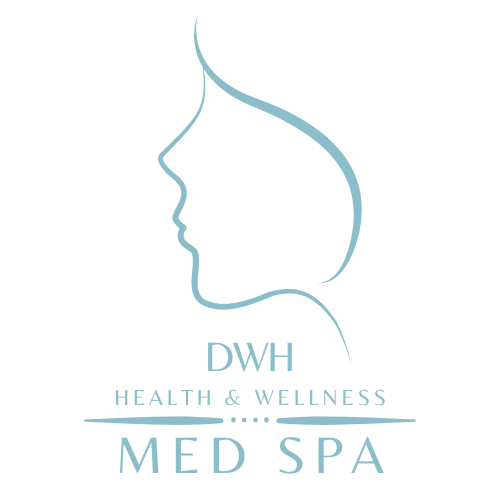UV Safety: A Guide to Protecting Your Skin During UV Safety Awareness Month

Summertime activities bring a lot of fun in the sun. However, along with the more time spent outside comes additional exposure to harmful ultraviolet (UV) rays. Exposure to the sun’s rays is necessary for the human body to produce vitamin D, yet too much of it can result in skin cancer and other problems. Here is how to reduce your risks and keep yourself safe and healthy whenever you are out in the sun.
What is UV Radiation?
UV radiation comes in three types: UVA, UVB, and UVC. UVC rays are the strongest, but the earth’s atmosphere filters out those and most UVB rays. UVA rays damage your epidermis, the top layer of skin, and are responsible for age spots, cataracts, other eye problems, and photodamage to the skin. UVB rays are stronger and responsible for sunburns, the main risk factor for melanoma.
The human body can suffer in other ways from UV radiation. Among the problems you can encounter from the sun’s rays include heat exhaustion and its stronger version, sunstroke. Heat exhaustion occurs when your body loses more fluid than it can replace, especially when you don’t drink enough liquids.
How to Protect Yourself
Before you go out, always check the UV index, which measures how strong the sun’s rays will be. The stronger the index, the more precautions you must take. The most important thing you can do to protect your skin is to wear broad-spectrum sunscreen with an SPF of 30 or higher. Reapply it frequently and note that being in the water doesn’t protect you from sunburn. Reapply sunscreen as soon as you come out of the water.
What You Wear Makes a Difference
Wear a broad-brimmed hat to protect your forehead, nose, scalp, and eyes. Protect your eyes even further by wearing sunglasses. Wear long-sleeved protective clothing when possible.
Stay Out of Direct Rays
Remain inside when the sun is strongest in the late afternoon. If you must be outside, try to sit or stand under a tree or in the shade.
Avoid Tanning Beds
The sun’s rays aren’t the only place you can incur skin damage, as tanning beds also have UVA and UVB radiation. According to the American Cancer Society, using them before age 30 has been linked to an increased risk of melanoma.
Know Your Risk
Some people, especially those with lighter skin, have a higher risk for skin cancer and other problems. Among the factors you should be aware of include:
- Have multiple atypical moles or large congenital moles
- A family history of melanoma
- A history of blistering sunburns
If you have any of these factors, regular skin checkups can help reduce your risk of serious problems.
Schedule a Consultation
Protecting your skin from the effects of the sun’s UV rays is essential to your overall health. Contact our team at Dominion Women’s Health to learn more about protecting your skin during the summer. Call us at (804) 447-2303 or contact us through our online form to get started.
 804-447-2303
804-447-2303 Richmond,VA
Richmond,VA


